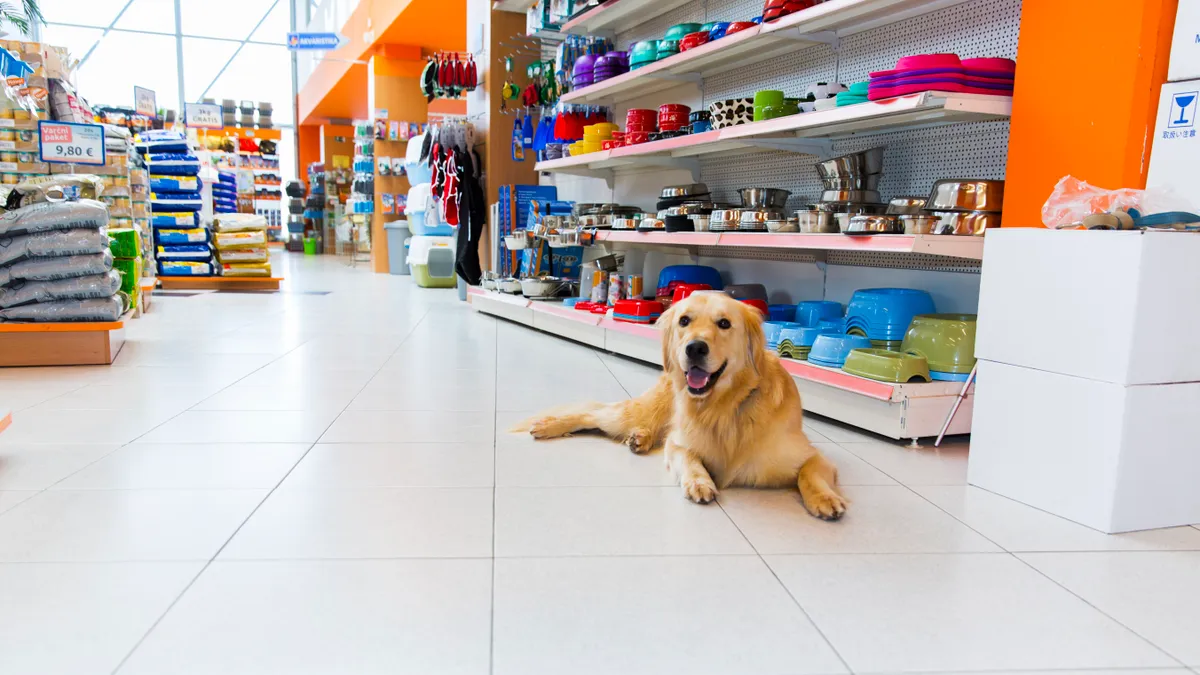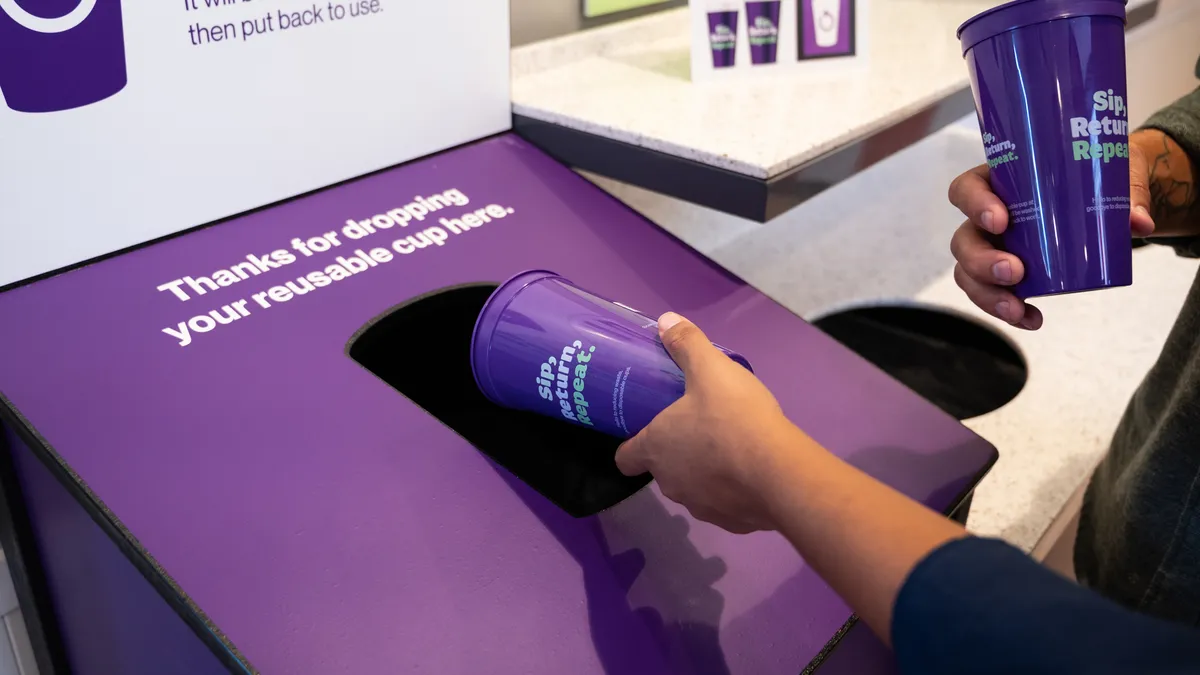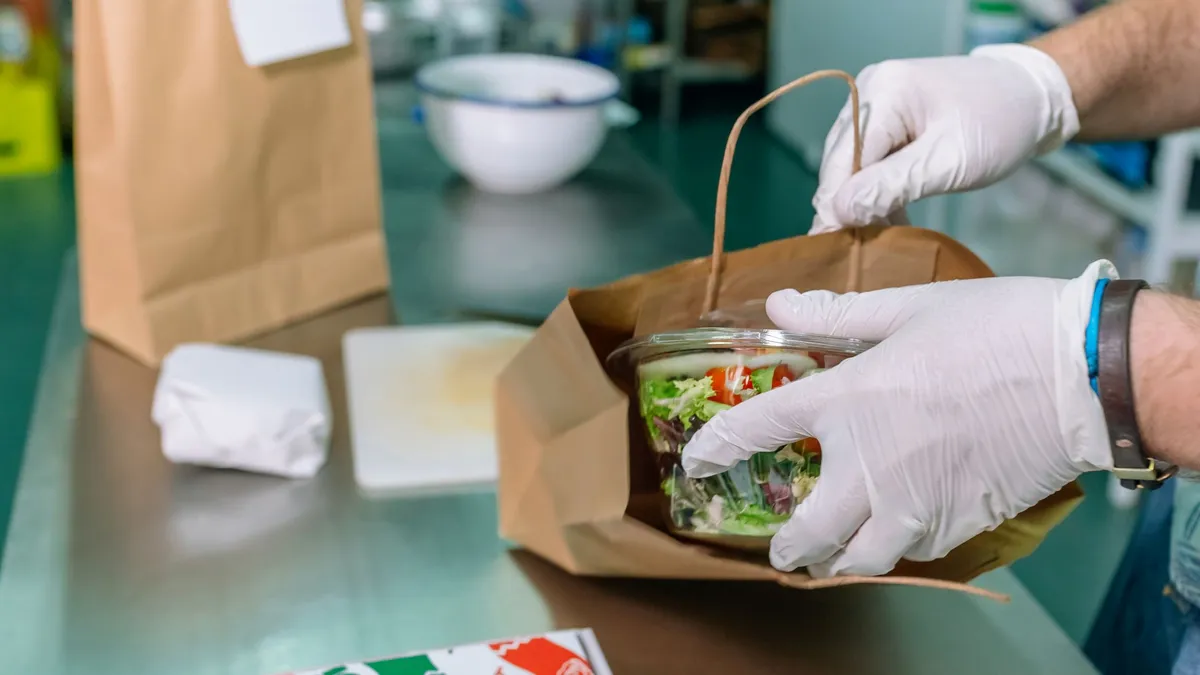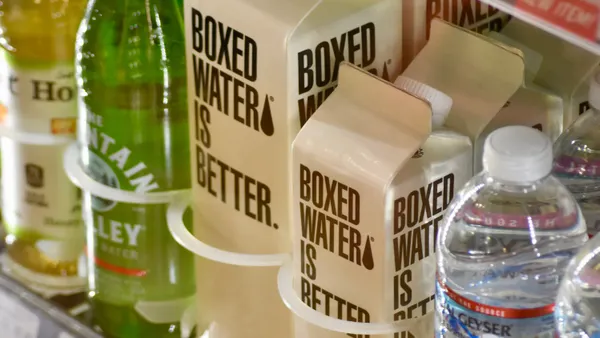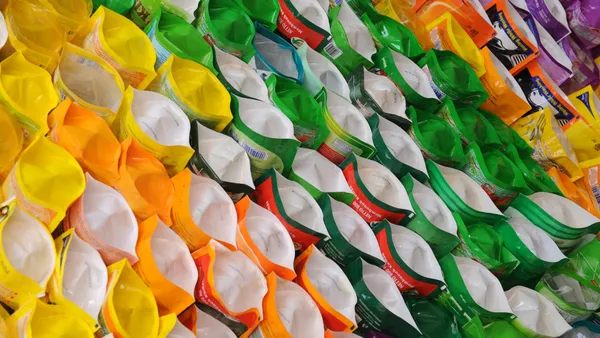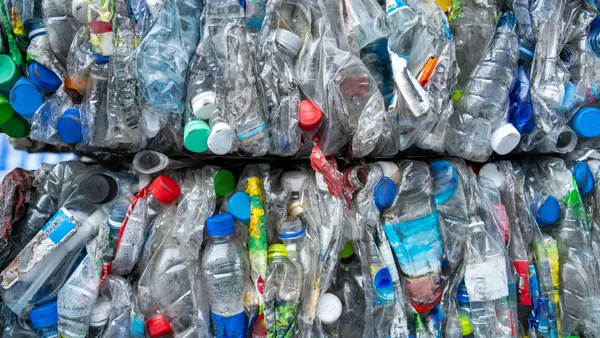The pet food industry, known for its bulky, multimaterial bags that are hard to recycle, is one of the latest to rethink its flexible packaging. Monomaterial designs, lighter weights and recyclability are growing priorities for brands.
Every year, consumers spend billions of dollars buying pet food, and approximately 300 million pounds of plastic pet food and treat bags are created in the United States, according to research conducted for the industry. Currently, the vast majority of that material is not recycled. But as younger, sustainability-focused generations start spending more on pet ownership, there is growing demand for a change.
“Consumers are looking for packaging that is either recyclable or compostable or refillable,” said Christine Mallier, sustainability manager at Petcurean — a Canadian company that produces the Go! Solutions, Now Fresh and Gather brands. “For a long time, it was cost prohibitive.”
A typical bag of dry pet food, known as kibble, is made from a sturdy, seemingly tearproof material with a metallized paper or plastic lining to preserve the food and keep grease from leaking. The exterior often has a glossy finish. Due to their combination of paper and plastic materials, these bags have proven difficult to recycle.
Packaging companies have begun introducing bags using polyethylene and ethylene vinyl alcohol (EVOH), and looking for other ways to streamline their designs.
This is driven in part by major pet food companies such as Purina, Hill’s and Mars all setting sustainability pledges related to packaging. Purina says that nearly 90% of its plastic packaging in North America is “designed for recycling,” and the company is aiming for 95% by 2025.
The Pet Sustainability Coalition, a nonprofit, created its own sustainability pledge in 2022 to encourage pet food brands to move to recycled, recyclable, refillable and/or compostable packaging by 2025.
“We see the packaging pledge as a great chance to help bring the pet industry forward to more recyclable solutions and I think overall just being a more collaborative space,” said Ali Boden, PSC’s senior packaging program manager.
Thirteen brands — including Earth Animal, Instinct and Petcurean — have signed the pledge, which has started to gain traction in the industry among small pet food companies. The group’s goal is to encourage change while holding brands accountable and bringing them together for a common goal.
PSC gives pledge signatories access to a supplier marketplace of pre-vetted packaging companies like Ahlstrom and Printpack, allowing them to search for packaging by recyclable, refillable and compostable solutions. PSC also provides members with tools such as assistance on recycling labels and packaging design guidelines.
Petcurean, which has worked with PSC for several years, said the pledge was a way to show transparency on improvements they were already planning to make.
The company’s bags were previously made of a multilayer PET, which was difficult to recycle. Now they are composed of LDPE — a flexible, tear-resistant plastic — and their monomaterial structure could allow for easier recycling in the future.
“You need to do your due diligence to make sure that the packaging is going to stay fresh, that it's just as durable as your previous packaging,” said Mallier, noting that LDPE achieves this, but it will take time for brands to fully switch over all their packaging.

The growing use of EVOH, a flexible thermoplastic copolymer, is also gaining traction in the sector. Typically, EVOH can present challenges with recyclability, but some companies report they’ve found solutions.
Roastar says it has created a pet treat package, which includes a clear laminate barrier so that the food doesn’t stick to the bag, that has a potentially recyclable EVOH application. Packaging and machine supplier Windmöller & Hölscher also says it made a recyclable pet food bag with a co-extruded EVOH barrier layer.
These trends are also playing a role in the size of bags. While the industry is known for large 10- to 20-pound kibble bags, many of the newer designs come in the 2.5- to 5-pound range.
Troy Snader, senior vice president of business and development for secondary packaging at ProMach, explained that the change is because the new designs may may not be as effective at preserving dry food as their multilayer predecessors due to the barrier qualities.
“There are still certain limitations in the packaging industry, and for the types of products that you can put in the packaging, but that's all evolving,” said Mallier.
This trade off between producing more bags in a smaller size and minimizing waste is seen as necessary to achieve the other potential sustainability benefits involved with different materials. The switch toward using more PE and EVOH also comes with manufacturing considerations.
ProMach has added new features such as pinch rollers to accommodate these new materials. Sealing PE pet food packaging can also be more costly, as the temperature bandwidth is much more nuanced than other materials.
“We’re challenged with using new heater technology, versus the old style where you just heat a bar across the whole length,” Snader said.
While the industry is shifting in this direction, PE pet food bags and their “sustainable” counterparts don’t necessarily have a clear end market yet. Any type of pet food packaging can easily become contaminated with food residue, which means that it’s less recyclable in many systems.
“We can’t absolutely promise that it will be, in fact, recyclable,” said Boden.
Many of the new pet food packaging solutions are only suitable for return-to-store programs. Petcurean and other brands like Earthborn Holistic are partnering with How2Recycle to use the store drop-off label for bags made from HDPE and LDPE.
Store drop-off programs have come under more scrutiny lately for a variety of reasons, and markets for this type of material may only expand if and when more chemical or advanced recycling facilities begin operating. In a sign of how this trend could affect the pet food market, Berry Global was recently recognized for a flexible pet food bag it made for Hill’s that used feedstock from that process.
In the meantime, while many of these bags still don’t have a clear market the groups involved with this pet food shift say it’s important to start raising awareness now.
“It's hard to get people to break the habits of just throwing something in the garbage,” said Mallier. “Consumers, for their part, can support the companies that are making those steps and leading the way.”
Purina also recognizes this reality on its website.
“Although these materials can technically be recycled, most single-stream recycling facilities do not have the infrastructure to process those materials, or curbside recycling doesn’t exist. As a result, a large percentage of flexible plastic packaging ends up in landfills,” says the company, adding that “once the infrastructure is in place, we’ll be ready.”


